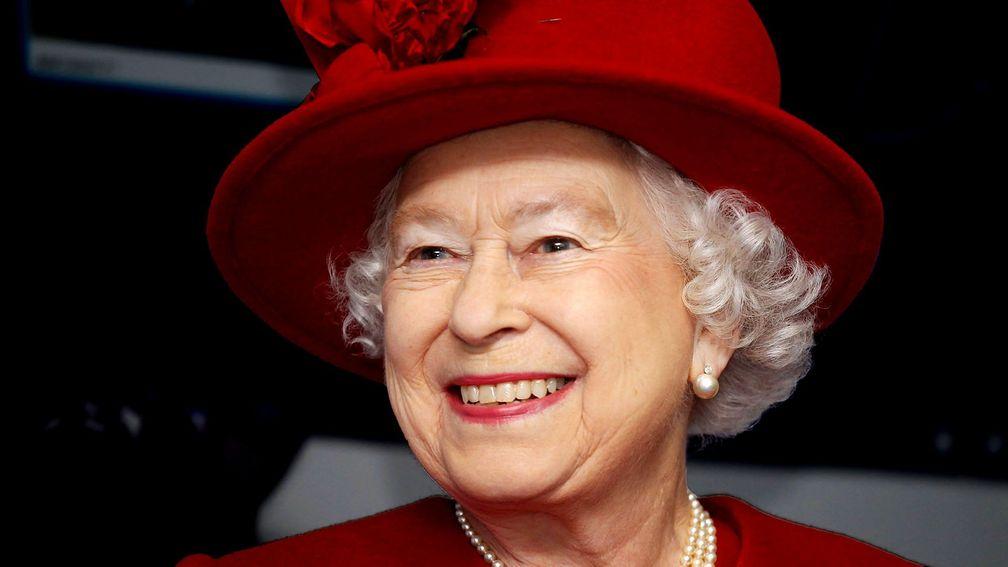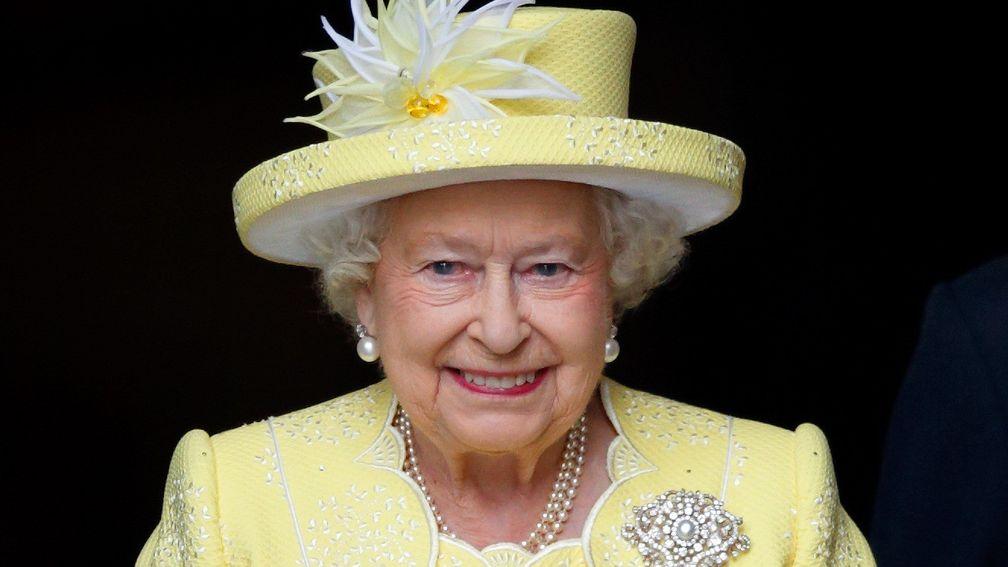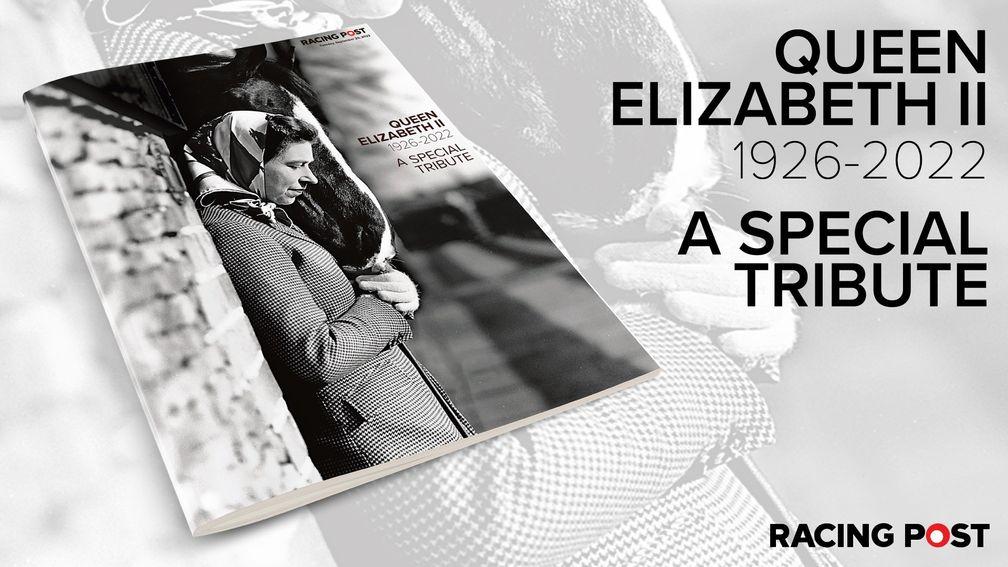The Queen was racing's public face, its strongest advocate, its vibrant pulse

To the sense of loss felt today in Commonwealth countries and beyond must be added the sense of emptiness the Queen’s death leaves in the heart of British racing. The sport has lost not just a perennially enthusiastic supporter but its best friend.
Britain’s racecourses will no longer play host to her smiling face. The lead carriage at Royal Ascot will no longer feature a monarch ever-present since 1953. And the royal silks will never represent a queen so utterly in thrall to racing as Her Majesty was. It will take some years for these images to subside.
Horseracing for the Queen was a multi-faceted pastime. In breeding thoroughbreds she amassed a level of expertise decreed by royal historians to have exceeded that of all previous monarchs – among them her great grandfather Edward VII, winner of the Derby three times, twice as Prince of Wales; and Old Rowley himself, Charles II.
In watching her horses run she found a freedom of expression far removed from the solemnity of official duty. And she revelled in the informality of days at the races, where she could have passed for a benign headmistress secretly delighting in the insouciance of her naughty-schoolboy trainers. It was a world away from the world in which she lived.
That is why, within the pages of a newspaper she read every day, we must celebrate her patronage. She was racing’s public face, its strongest advocate, its vibrant pulse. She bestowed it with a relevance among her subjects that will dissipate over time. The racecourse was the only public forum to project her in a way her family will have seen her within the privacy of her homes. Invariably smiling and always at ease, it was her most human portrait.
Her symbiotic relationship with racing was down to one detail. As a horsewoman from a young age, she related to its human participants. All are equal in the kingdom of the horse, in which the horse is king. In this orbit Her Majesty kept the company of like-minded folk, be they owners, trainers, jockeys or grooms.

Horses promote a shared empathy among their admirers, and this gave rise to a personal favourite from the catalogue of humorous anecdotes that punctuated Her Majesty’s turf life. On her inaugural visit to Richard Hannon snr’s stable in 1999 she instantly recognised one of the riders in the string. Asked by Hannon how she knew Betty Brister, the Queen replied that Brister had once looked after Highclere, one of her best horses. She had not seen the rider for 25 years.
In Highclere’s time Brister worked for Major Dick Hern, who trained many of the Queen’s better horses. Also on Hern’s books was travelling head lad Buster Haslam, who attended a party thrown by the Queen for racing folk in the Silver Jubilee year of 1977. When Haslam subsequently took his own life Her Majesty wrote a private letter of condolence to his family.
It is not just British racing that will mourn her passing, it is racing everywhere. The Queen Elizabeth II Stakes at Ascot was but one race named in her honour. Other races featuring Queen Elizabeth II in their titles are run in Australia, Canada, Hong Kong, Japan, Singapore and the US.
An overarching memory will be of the Queen accepting victory and defeat with equal grace. There were many high-profile triumphs, particularly in the opening decade of her reign, yet even then she developed a reputation as an unlucky owner.
This misfortune was identified by one of her trainers, Captain Cecil Boyd-Rochfort, as early as 1957. On hearing a positive post-race debrief from Harry Carr on the merits of Her Majesty’s Almeria, Boyd-Rochfort implored the jockey: “For goodness sake don’t tell the Queen. Whenever one says that, something always goes wrong.”
But the last words belong to those of the Queen-in-waiting on the morning of her coronation on June 2, 1953. Asked by a lady-in-waiting how she was feeling, she replied that she was very well: Boyd-Rochfort had called with the news that Aureole, who would represent Her Majesty in the Derby four days later, had completed his preparation with a pleasing last gallop.
Come Derby day and Aureole was only second-best. The same charge could never be levelled at his beloved owner.
In Tuesday's Racing Post

Published on 8 September 2022inNews
Last updated 11:15, 19 September 2022
- Merci Olivier! No final winner for Olivier Peslier but the world of racing unites in saluting the end of a great career
- The latest edition of the Racing Post is available to read online now - here's how you can access it
- How Smart View recorded a 76 per cent profit at the Cheltenham Festival
- Smart View is available on the Racing Post app - how to read the revolutionary new racecard
- Levy reform talks 'accelerating' as clock ticks down to April deadline for agreement
- Merci Olivier! No final winner for Olivier Peslier but the world of racing unites in saluting the end of a great career
- The latest edition of the Racing Post is available to read online now - here's how you can access it
- How Smart View recorded a 76 per cent profit at the Cheltenham Festival
- Smart View is available on the Racing Post app - how to read the revolutionary new racecard
- Levy reform talks 'accelerating' as clock ticks down to April deadline for agreement